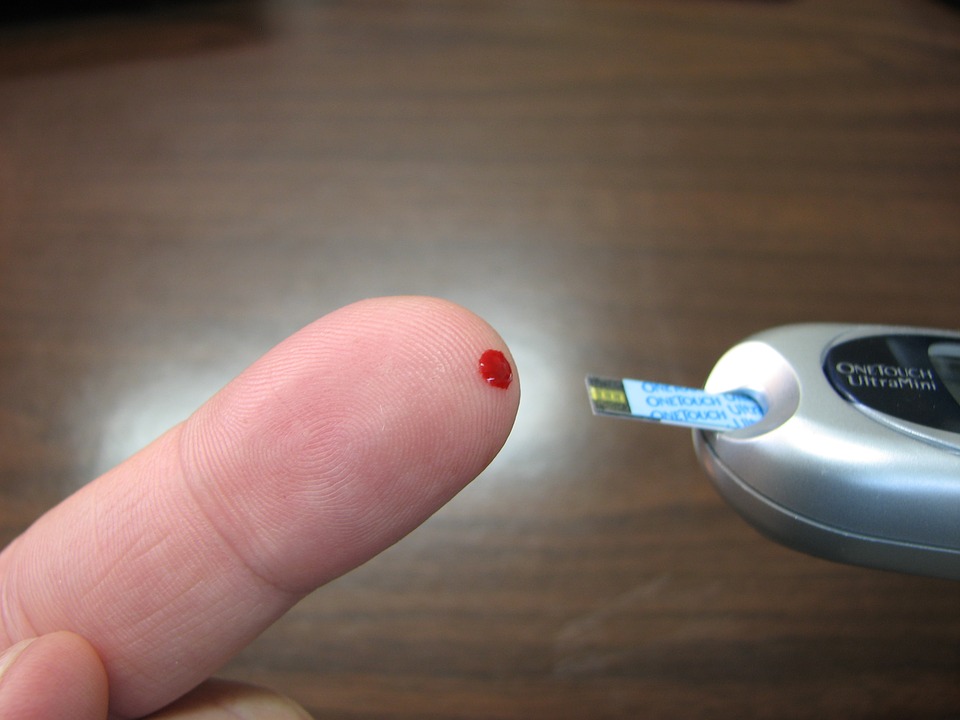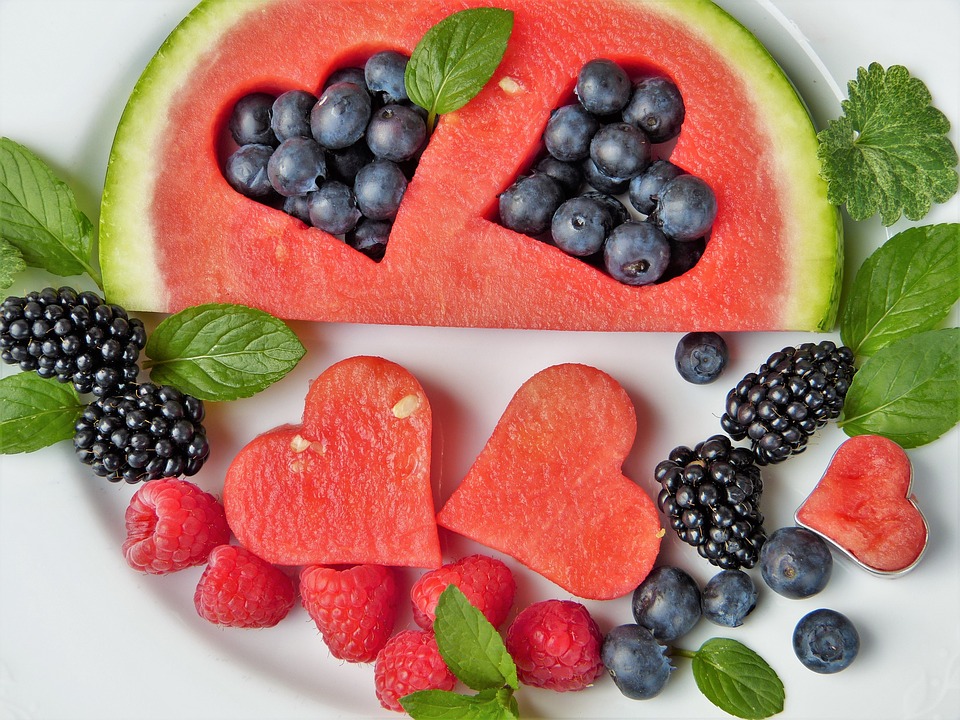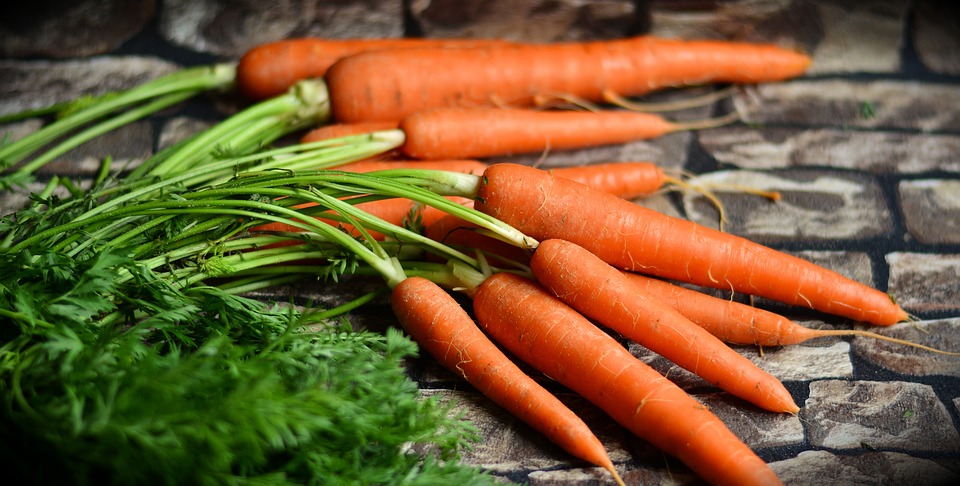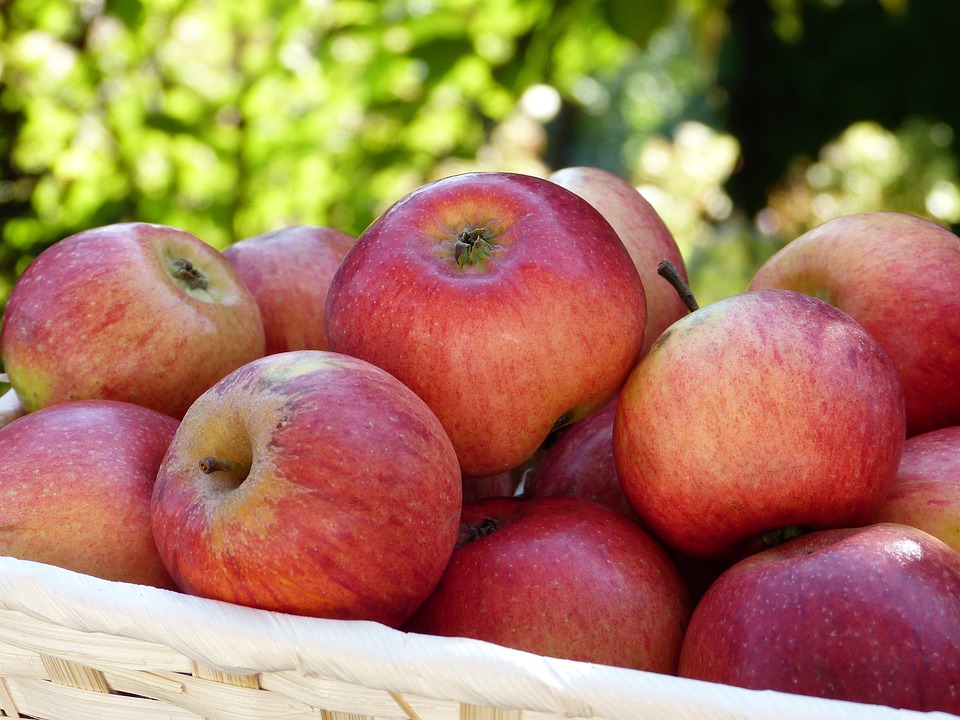Type 2 diabetes: Best diet to follow to keep blood sugar levels low
TYPE 2 diabetes is a chronic condition that requires a complete overhaul of one’s diet and eating habits. This change is imperative to help stave off any serious health risks. A certain diet has been hailed the best diet for type 2 diabetes, what is it?
Type 2 diabetes is a condition that means a person’s pancreas doesn’t produce enough insulin to regulate blood sugar levels. Overtime, unchecked blood sugar levels can hike a person’s risk of developing life-threatening complications such as heart disease. Fortunately, if a person is able to make some dietary tweaks they will be able to keep blood sugar levels in check. Evidence suggests following a certain diet could help keep blood sugar levels low – what can you eat on this diet?
A low Glycemic Index (GI) diet has been rated as one of the best diets to follow as it measures how carbohydrate-containing food raises blood sugar glucose.
The diet measures ranks of food according to their effect of the blood sugar levels.
The rates at which different foods raise blood sugar levels are ranked in comparison with the absorption of 50 grams of pure glucose, which is used as reference food and has a GI value of 100.
The diet was created in the early 1980s by a Canadian professor, Doctor David Jenkins.
The low-GI diet looks at how fat and fibre tend to lower the GI of a food and as a general rule, the more cooked or processed the food, the higher the GI.

Studies have shown that the low-GI diet may result in weight loss, reduce blood sugar levels and lower the risks of heart disease and type 2 diabetes.
Studies have shown that the low-GI diet may result in weight loss, reduce blood sugar levels and lower the risks of heart disease and type 2 diabetes.
Foods that are low-GI value are the preferred choice, as they are slowly digested and absorbed, causing a slower and smaller rise in blood sugar levels.
However, foods with high GI value should be limited since they are quickly digested and absorbed, resulting in rapid rise and fall of blood sugar levels and should be avoided for type 2 diabetics.
Only foods that contain carbohydrates are assigned a GI value. Therefore, foods containing no carbs, such as beef, chicken, fish, eggs, herbs, and spices, won’t be found on the GI list.
The rate at which foods raise blood sugar levels depends on three factors: the type of carb they contain, their nutrient composition and the amount a person eats.


The Glycemic Load (GL) is the measure of how a carbohydrate affects blood sugar levels, taking both the type (GI) and quantity (grams per serving) into account.
For a food item to be considered a low-GI and a good choice for type 2 diabetes the GI and GL needs to be 10 or less.
Foods such as fibre rich fruits and vegetables like carrots, green peas, apples, grapefruit and watermelon, lentils, whole-grain breads like barley and whole wheat, tomato juice and milk.
A number of studies have suggested that the low-GI diet is effective at reducing blood sugar levels in people with type 2 diabetes. It’s important to speak with your GP before embarking on new diets.
The Fast And Stats
With 77.2 million individuals diagnosed with pre-diabetes, looks like India aims to win the race to become the number one country to have the most diabetics in the world. Being one of the most chronic metabolic conditions, diabetes mellitus involves major alterations in glucose metabolism along with disturbances in protein and fat metabolism. Hyperglycaemia, high blood glucose, results from defects in insulin secretion action. Diabetes is further classified in to different types and one such important type is type 2 diabetes mellitus or non-insulin dependent diabetes mellitus. This is the most common form of diabetes and in more than 90 per cent of diabetics, this is the cause!
Take A Test
Our body maintains blood glucose levels within a narrow range of 70- 120mg/dI. A blood glucose level of more than 200mg/dI, a fasting blood glucose of more than 126mg/dI on more than one occasion and an abnormal oral glucose tolerance test having blood glucose more than 200mg/dl post two hours after a standard carbohydrate meal, suggests the presence of diabetes.
Obesity And Diabetes
One of the major causes of type 2 diabetes mellitus is a sedentary lifestyle and improper dietary habits. With limited time to look after ourselves and the increasing need to earn as much money possible is one significant reason. Obesity, because of our lifestyle choices, triggers imbalance in blood glucose levels and reduces insulin sensitivity.
Insulin supplies blood glucose and other nutrients into the cells for energy. But a growing insulin resistance tails to provide any glucose to the cells in spite of a well maintained spike in blood glucose. This leads to starvation of the cells and tissues. Gradually the beta cells of our pancreas that produce insulin also tire and become dysfunctional manifesting into stubborn hyperglycemia. Obesity, like diabetes, involves insulin resistance only without hyperglycemia. An excess tat deposit in the body and its distribution especially around the abdomen causes higher insulin resistance.
Signs Symptoms And Complications
The onset of diabetes is marked by hyperglycemia, glucosuria (presence of glucose in the urine), polyuria (increased urination), polydipsia (increased thirst) and polyphagia (increased appetite). If not treated, it can lead to severe complications such as diabetic ketoacidosis. macrovascular diseases such as atherosclerosis, ischemia, gangrene, diabetic nephropathy with low (micro) to high (macro) amounts of albumin in the urine, diabetic retinopathy and lead to increased risk to glaucoma and cataract.
Dietary Intervention and Guidelines
- A well balanced meal should be opted for, one providing you with all the essential nutrients in adequate proportions.
- Avoid skipping meals and eat smaller portions every two-three hours. It will not just help boost your metabolic rate but will also maintain blood sugar levels
- Avoid sugar dense products like sweets, pastries, chocolates, ice creams etc. along with oily and fried snacks.
- Consumption of complex carbohydrates like jowar, bajra and ragi that provide high amounts of fibre will help balance blood glucose levels.
- Including sources of protein like egg, milk and milk products, cottage cheese, daIs and pulses, meat and meat products would prove beneficial. L-carnitine is an amino acid that has been said to lower blood glucose levels and is generally given as a supplement in severe cases.
- Eat a lot of greens along with a lot of citrus fruits and limit the consumption of sugar dense fruits like banana, chickoo, custard apple. grapes and mangoes to only once a week.
- Consuming an apple everyday will help in detoxification and elimination of harmful substances. It has been reported to decrease insulin requirement by almost 35 per cent.
- Grapefruit assists in weight loss, hence including a small serving of it daily would not just help you lose weight but also help you lower sugar levels.
- Jambul seeds and fenugreek seeds have anti-diabetic properties that have an effect on the pancreas and are a rich source of fibre respectively. Drying and powdering its seeds and consuming it two-three times a day proves advantageous.
- Indian spices including cinnamon add medicinal value to your diet and help decrease serum sugar levels.
- Avoid alcohol, smoking, tobacco chewing etc. to keep complications at bay.
Also, keep it in mind, that 30 minutes of mild to moderate exercises three-five times a week helps enhance the body’s ability to process glucose. Therefore, walking, jogging, swimming, aerobic activities and yoga can help a person stay fit. Most of us are already aware of these points, so it’s time to start implementing them before it’s too late.
